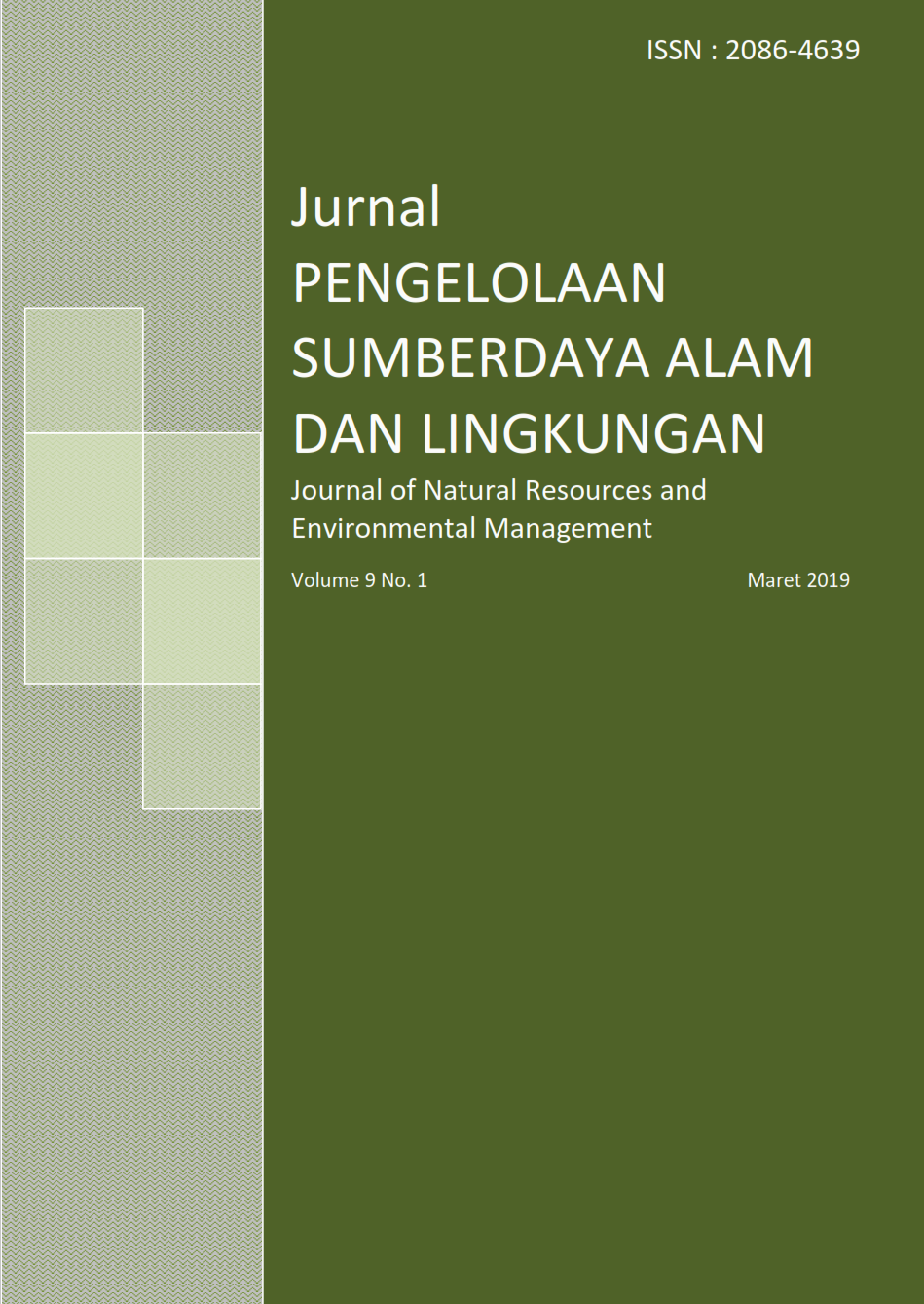NILAI EKONOMI SPASIAL DALAM PEMANFAATAN TAMAN WISATA PERAIRAN GILI MATRA UNTUK WISATA SELAM DI KABUPATEN LOMBOK UTARA, NUSA TENGGARA BARAT
Abstract
Sustainability is not only measured by the ecological aspect, but also the economic and social aspects. In the Taman Wisata Perairan (Tourism Waters Park) of Gili Indah Village, there are 26 dive sites. In this study only used 12 point dive as study locations. Each locations have different economic value and different appeal. The purpose of this study was to analyze the economic capacity of sustainable water tourism area based on carrying capacity. Data analysis using combination of analysis between the carrying capacity of area and analysis of the economic value of the water area. The results showed that the total area of 9.404 ha of areas devoted to diving tourism, it can accommodate the number of tourist as much as 112.850 people per year, or as many as 3.762 people per day. While the existing condition indicates that the total number of visitors who made a dive as much as 15.467 people with the frequency of dives as much as 35.717 dives per year spread across the 12 point dive sites. Each rating average dives twice a day. Economic capacity based on frequency of dives amounted to 132.3 billion rupiah per year.
Keywords: Water Tourism, Carrying Capacity, Economic Capacity, Sustainability
Authors
Authors who publish with this journal agree to the following terms:
- Authors retain copyright and grant the journal right of first publication with the work simultaneously licensed under a Creative Commons Attribution License that allows others to share the work with an acknowledgement of the work's authorship and initial publication in this journal.
- Authors are able to enter into separate, additional contractual arrangements for the non-exclusive distribution of the journal's published version of the work (e.g., post it to an institutional repository or publish it in a book), with an acknowledgement of its initial publication in this journal.
- Authors are permitted and encouraged to post their work online (e.g., in institutional repositories or on their website) prior to and during the submission process, as it can lead to productive exchanges, as well as earlier and greater citation of published work (See The Effect of Open Access).






